South Africa and its neighbours are the focus of our next African oil & gas project watch.
One of the most significant offshore discoveries in recent African history has just been found off the South African coast. Additionally, other nations are exploring oil & gas’ potential in the south of the continent too, making the region one to watch for international industry players.
Let’s take a look at the big activity happening there right now.
Location: Brulpadda Field, Southern Outeniqua Basin, Southern Cape, South Africa
Timeframe: 2018 - onward
Cost: N/A
Total and its partners Qatar Petroleum, Canadian Natural Resources and Main Street, an Africa Energy-owned entity, have discovered a potentially game-changing find at the Brulpadda-1 Well. Here, estimates of recoverable oil equivalent stands at a massive 1bn barrels, with Brulpadda’s bounty being mainly gas condensate.
“Brulpadda was one of Total’s biggest exploration targets for 2019,” Dr Andrew Latham, Vice President of Global Exploration at Wood Mackenzie, Africa Oil Week’s knowledge partner, said. “Even though the well isn’t an oil discovery, if Brulpadda proves to be anywhere near as big as the estimates suggest, it will still be a game-changer for South Africa.”
Total started to spin its Brulpadda re-entry well in December 2018, and now it’s faith in South Africa’s offshore blocks is paying off.
Africa Energy President and CEO Garrett Soden said: “This discovery opens a new world-class oil & gas play with significant follow-on potential. The success at Brulpadda significantly de-risks four other similar prospects already identified on existing 2D seismic data.”
Now, Total is planning to follow up its discovery with a full 3D-seismic activity, followed by up to four further exploratory wells.
As much as 1 trillion rand, roughly $69bn, could be generated for partners and South Africa with Brulpadda’s resources. NOC PetroSA could also be benefitting from Brulpadda, as it currently owns the only nearby facility, the Mossel Bay refinery, capable of processing the discovered condensates.
Location: Saldhana Bay, Cape Town, South Africa
Timeframe: 2019
Cost: $138m
While it may not have the huge impact of Total’s major discovery, the development of the oil & gas facilities at Saldhana Bay, Cape Town, is a significant step in the development of South Africa’s hydrocarbons industry.
The existing facility, capable of storing 200,000 of LNG, is currently undergoing a major overhaul. Expanding into oil blending and storage, Saldhana will soon be the proud owner a brand 13.2m barrel facility.
12 in-ground concrete tanks, for both holding oil and blending crude, are currently under construction. Said tanks are interlinked for efficient on-site blending.
Oil processed at Saldhana is not destined for domestic consumption; rather, it is bound for international export. In fact, this location is the perfect site for developing Saldhana Bay into an international oil & gas hub.
The Port of Saldhana Bay sits on shipping routes connecting Africa with South Asia and Central and South America, giving South African oil access to a wide variety of heavy import markets. Existing infrastructure, including a crude oil jetty and pipeline, provides a solid base to work from.
Financing for this project comes from a joint venture between South African firm MOGS Oil & Gas and Germany’s Oiltanking GmbH. The German firm will also be handling construction.
Saldhana Bay is also one of the projects we will be discussing in depth at this year’s Africa Oil Week congress in November.
Location: Mamba fields, offshore Mozambique
Timeframe: 2019-2024
Cost: $2.8bn
Gas has the power to transform African nations’ economies and energy industries. Nowhere is this more evident than Mozambique. A spate of multi-billion gas projects are underway, including Rovuma LNG, a feature of Africa Oil Week 2019’s transformative gas projects showcase.
A joint venture between ExxonMobil and Eni, Rovuma is a major step toward turning Mozambique into Africa’s LNG leader.
The plan is to construct two LNG trains, producing 7.6m tons of LNG annually, at the Mamba fields. These are located in the Area 4 block in Mozambican offshore territories. Exxon will take control of the build and operation of the liquification facilities. Partners ENI will then cover construction of required upstream facilities.
“The Rovuma LNG Project is moving forward swiftly,” said Stefano Maione, Eni’s executive vice-president for the Mozambique Program. “The size of the project makes it not only an important investment in the country, but also supports economic growth and opens new opportunities for Mozambicans.”
So far, Mitsubishi Heavy Industries has been contracted to outfit Rovuma with necessary equipment. Its subsidiaries Mitsubishi Heavy Industries Compressor Corporation will provide main liquefication compressors, and Mitsubishi Power Systems is on course to deliver dual-shaft 120MW gas turbines.
LNG production is slated to start in 2024 following a 5-year construction period.
Location: Cobora Bassa, North Zimbabwe
Timeframe: Ongoing
Cost: N/A
North Zimbabwe is quietly gaining interest in its oil and gas reserves, as Australia-registered Invictus Energy’s recent activity there proves.
Currently, the independent has taken over areas previously explored by ExxonMobil under the SG 4751 permit. The Mzarabani prospect covers 250,000 acres in the Cabora Bassa Basin, an area that has enormous potential.
Maiden estimates were announced by Invictus in 2018. Undertaken by Netherland, Sewell and Associates, the project has so far uncovered a potential production volume of 110m cubic metres of gas, with 181m barrels of conventional gas.
“Following this, the seismic dataset will be reinterpreted in preparation for the quantification of additional prospectivity and an update to the independent prospective resource for the entire SG 4571 area,” noted Invictus.
The maiden estimate released early November 2018, excluded the additional prospective horizons above and below the Upper Angwa in the Mzarabani structure as well as further plays and leads within the SG 4571 area.
This is certainly a major project to keep an eye on. It could possibly put Zimbabwe firmly on not just the continental map, but the worldwide oil & gas atlas too.
Location: Kudu Gas Field, Namibia
Timeframe: 2019 onward
Cost: $2bn
Namibia is becoming more and more dependent on gas to fuel its power generation sector. It’s hoped that the resurgent Kudu Gas-to-Power project will add up to 475 MW to the nation’s power supply.
This project has not had the smoothest of rides, and indeed looked like it was going to be cancelled in 2018. However, advancements in technology have give BW Kudu, operator of the Kudu offshore gas field, confidence to carry on.
According to BW Kudu’s Namibia Country Manager, Klaus Enderesen, the company is planning to mobilize the approximately $2 billion needed to bring the project to fruition.
He said once all the necessary elements are in place, it will take about three years to see the Kudu Gas-to-Power project providing stable and reliable electricity to the Namibian market.
“With the implementation of Kudu Gas project, Namibia would become self-sufficient for several years, after the current agreement with Eskom will expire in 2022,” Klaus Enderesen said.
Offshore Kudu Gas Fields have proven and probable recoverable reserves estimated at more than 3.3 trillion cubic feet and are a central part of the country’s plans to reduce its dependence on electricity imports.
The project would entail gas from the offshore field being transferred to a floating production system before being piped some 170km to a planned power plant at Oranjemund along the coast.
For over 25 years, Africa Oil Week has been the meeting place for Africa’s most senior E&P stakeholders.
It’s where they come to set out the future direction of the continent’s upstream oil and gas sector, secure major deals and lucrative new partnerships.
1,500 senior experts make up the attendee list including Ministers, CEOs and senior representatives form NOCs, IOCs and independent oil companies, GEOs, oilfield services and business service providers. The entire value chain is represented making it the premium deal-making hub for the industry.
Over 200 world-class speakers make up a cutting-edge agenda which every year tackles the industry’s biggest challenges. The discussion topics are shaped by the oil and gas leaders that make up our expert advisory board.
Let’s take a look at the big activity happening there right now.
5 must-see Southern African oil & gas developments
Brulpadda Field
Location: Brulpadda Field, Southern Outeniqua Basin, Southern Cape, South Africa
Timeframe: 2018 - onward
Cost: N/A
Total and its partners Qatar Petroleum, Canadian Natural Resources and Main Street, an Africa Energy-owned entity, have discovered a potentially game-changing find at the Brulpadda-1 Well. Here, estimates of recoverable oil equivalent stands at a massive 1bn barrels, with Brulpadda’s bounty being mainly gas condensate.
“Brulpadda was one of Total’s biggest exploration targets for 2019,” Dr Andrew Latham, Vice President of Global Exploration at Wood Mackenzie, Africa Oil Week’s knowledge partner, said. “Even though the well isn’t an oil discovery, if Brulpadda proves to be anywhere near as big as the estimates suggest, it will still be a game-changer for South Africa.”
Total started to spin its Brulpadda re-entry well in December 2018, and now it’s faith in South Africa’s offshore blocks is paying off.
Africa Energy President and CEO Garrett Soden said: “This discovery opens a new world-class oil & gas play with significant follow-on potential. The success at Brulpadda significantly de-risks four other similar prospects already identified on existing 2D seismic data.”
Now, Total is planning to follow up its discovery with a full 3D-seismic activity, followed by up to four further exploratory wells.
As much as 1 trillion rand, roughly $69bn, could be generated for partners and South Africa with Brulpadda’s resources. NOC PetroSA could also be benefitting from Brulpadda, as it currently owns the only nearby facility, the Mossel Bay refinery, capable of processing the discovered condensates.
Saldhana Bay Oil & Gas Infrastructure Development
Location: Saldhana Bay, Cape Town, South Africa
Timeframe: 2019
Cost: $138m
While it may not have the huge impact of Total’s major discovery, the development of the oil & gas facilities at Saldhana Bay, Cape Town, is a significant step in the development of South Africa’s hydrocarbons industry.
The existing facility, capable of storing 200,000 of LNG, is currently undergoing a major overhaul. Expanding into oil blending and storage, Saldhana will soon be the proud owner a brand 13.2m barrel facility.
12 in-ground concrete tanks, for both holding oil and blending crude, are currently under construction. Said tanks are interlinked for efficient on-site blending.
Oil processed at Saldhana is not destined for domestic consumption; rather, it is bound for international export. In fact, this location is the perfect site for developing Saldhana Bay into an international oil & gas hub.
The Port of Saldhana Bay sits on shipping routes connecting Africa with South Asia and Central and South America, giving South African oil access to a wide variety of heavy import markets. Existing infrastructure, including a crude oil jetty and pipeline, provides a solid base to work from.
Financing for this project comes from a joint venture between South African firm MOGS Oil & Gas and Germany’s Oiltanking GmbH. The German firm will also be handling construction.
Saldhana Bay is also one of the projects we will be discussing in depth at this year’s Africa Oil Week congress in November.
Rovuma LNG
Location: Mamba fields, offshore Mozambique
Timeframe: 2019-2024
Cost: $2.8bn
Gas has the power to transform African nations’ economies and energy industries. Nowhere is this more evident than Mozambique. A spate of multi-billion gas projects are underway, including Rovuma LNG, a feature of Africa Oil Week 2019’s transformative gas projects showcase.
A joint venture between ExxonMobil and Eni, Rovuma is a major step toward turning Mozambique into Africa’s LNG leader.
The plan is to construct two LNG trains, producing 7.6m tons of LNG annually, at the Mamba fields. These are located in the Area 4 block in Mozambican offshore territories. Exxon will take control of the build and operation of the liquification facilities. Partners ENI will then cover construction of required upstream facilities.
“The Rovuma LNG Project is moving forward swiftly,” said Stefano Maione, Eni’s executive vice-president for the Mozambique Program. “The size of the project makes it not only an important investment in the country, but also supports economic growth and opens new opportunities for Mozambicans.”
So far, Mitsubishi Heavy Industries has been contracted to outfit Rovuma with necessary equipment. Its subsidiaries Mitsubishi Heavy Industries Compressor Corporation will provide main liquefication compressors, and Mitsubishi Power Systems is on course to deliver dual-shaft 120MW gas turbines.
LNG production is slated to start in 2024 following a 5-year construction period.
Mzarabini Oil & Gas Project
Location: Cobora Bassa, North Zimbabwe
Timeframe: Ongoing
Cost: N/A
North Zimbabwe is quietly gaining interest in its oil and gas reserves, as Australia-registered Invictus Energy’s recent activity there proves.
Currently, the independent has taken over areas previously explored by ExxonMobil under the SG 4751 permit. The Mzarabani prospect covers 250,000 acres in the Cabora Bassa Basin, an area that has enormous potential.
Maiden estimates were announced by Invictus in 2018. Undertaken by Netherland, Sewell and Associates, the project has so far uncovered a potential production volume of 110m cubic metres of gas, with 181m barrels of conventional gas.
“Following this, the seismic dataset will be reinterpreted in preparation for the quantification of additional prospectivity and an update to the independent prospective resource for the entire SG 4571 area,” noted Invictus.
The maiden estimate released early November 2018, excluded the additional prospective horizons above and below the Upper Angwa in the Mzarabani structure as well as further plays and leads within the SG 4571 area.
This is certainly a major project to keep an eye on. It could possibly put Zimbabwe firmly on not just the continental map, but the worldwide oil & gas atlas too.
Kudu Gas-to-Power
Location: Kudu Gas Field, Namibia
Timeframe: 2019 onward
Cost: $2bn
Namibia is becoming more and more dependent on gas to fuel its power generation sector. It’s hoped that the resurgent Kudu Gas-to-Power project will add up to 475 MW to the nation’s power supply.
This project has not had the smoothest of rides, and indeed looked like it was going to be cancelled in 2018. However, advancements in technology have give BW Kudu, operator of the Kudu offshore gas field, confidence to carry on.
According to BW Kudu’s Namibia Country Manager, Klaus Enderesen, the company is planning to mobilize the approximately $2 billion needed to bring the project to fruition.
He said once all the necessary elements are in place, it will take about three years to see the Kudu Gas-to-Power project providing stable and reliable electricity to the Namibian market.
“With the implementation of Kudu Gas project, Namibia would become self-sufficient for several years, after the current agreement with Eskom will expire in 2022,” Klaus Enderesen said.
Offshore Kudu Gas Fields have proven and probable recoverable reserves estimated at more than 3.3 trillion cubic feet and are a central part of the country’s plans to reduce its dependence on electricity imports.
The project would entail gas from the offshore field being transferred to a floating production system before being piped some 170km to a planned power plant at Oranjemund along the coast.
Reach the players behind the continent’s biggest oil & gas projects at Africa Oil Week
For over 25 years, Africa Oil Week has been the meeting place for Africa’s most senior E&P stakeholders.
It’s where they come to set out the future direction of the continent’s upstream oil and gas sector, secure major deals and lucrative new partnerships.
1,500 senior experts make up the attendee list including Ministers, CEOs and senior representatives form NOCs, IOCs and independent oil companies, GEOs, oilfield services and business service providers. The entire value chain is represented making it the premium deal-making hub for the industry.
Over 200 world-class speakers make up a cutting-edge agenda which every year tackles the industry’s biggest challenges. The discussion topics are shaped by the oil and gas leaders that make up our expert advisory board.

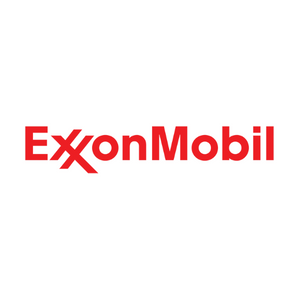

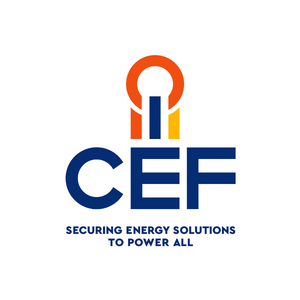
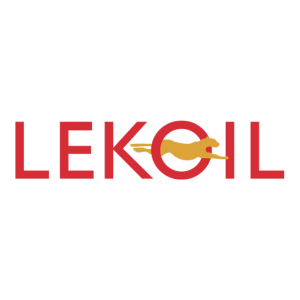
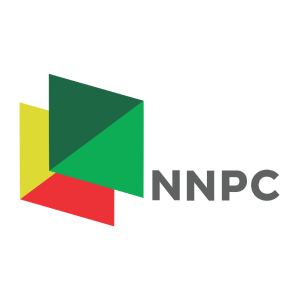
_weblogo_2.png?ext=.png)
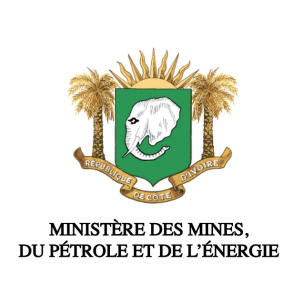

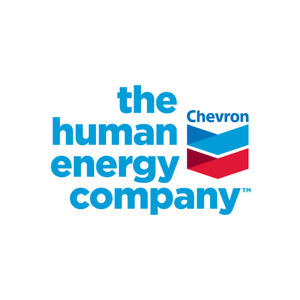

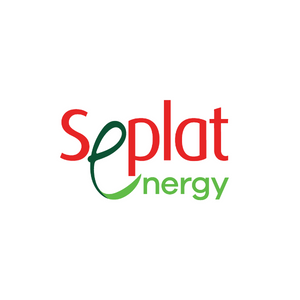


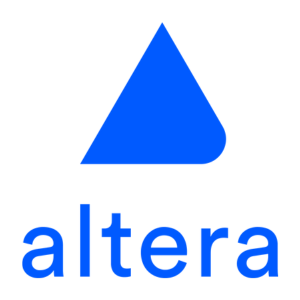
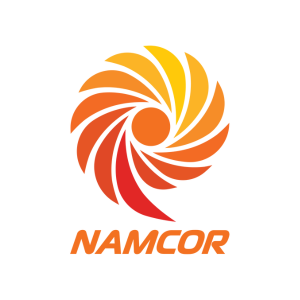
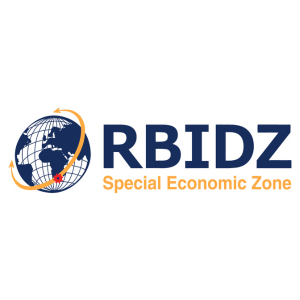

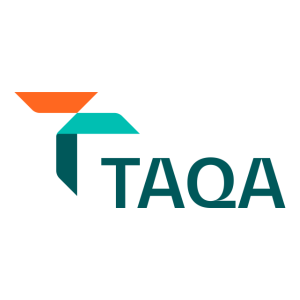
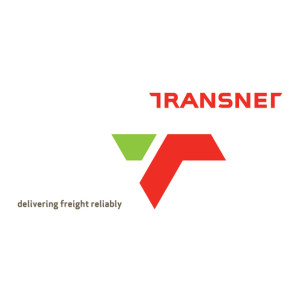


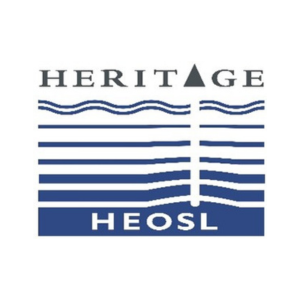
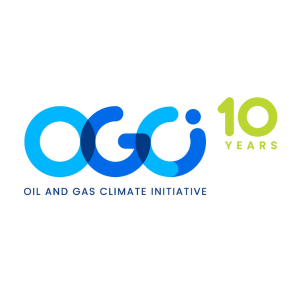
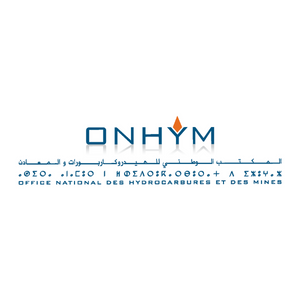
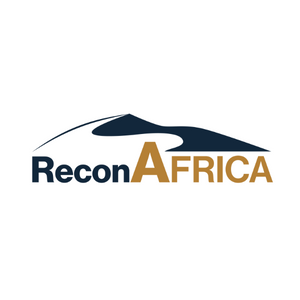
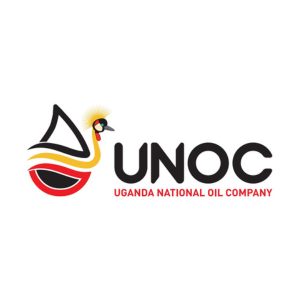
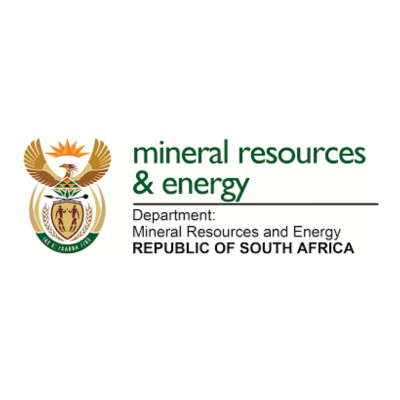
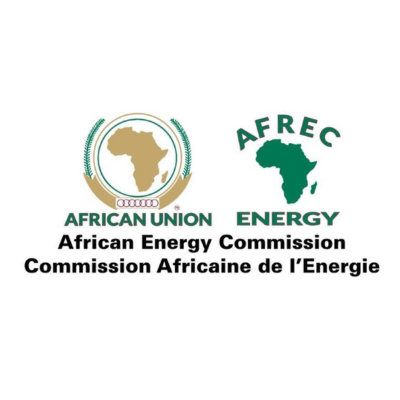
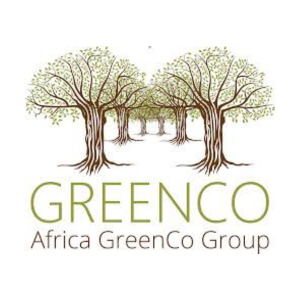
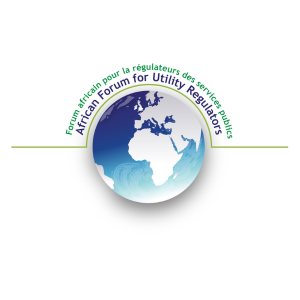
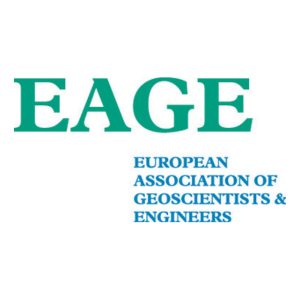
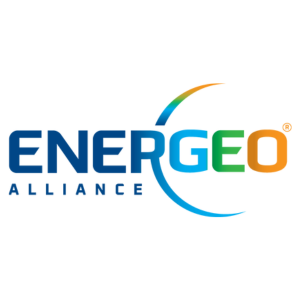
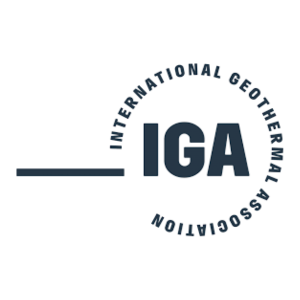
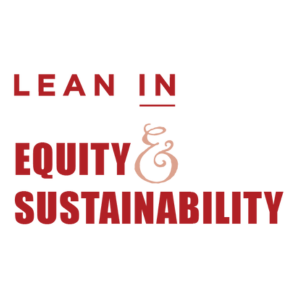

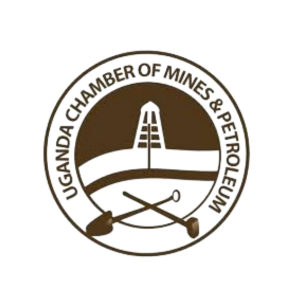

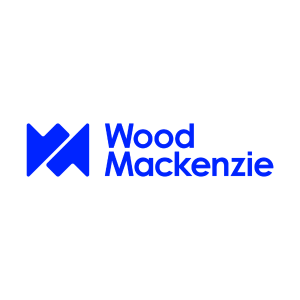

.jpg?ext=.jpg)

